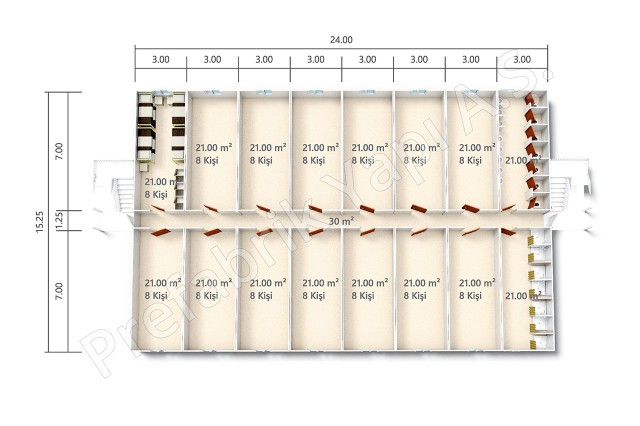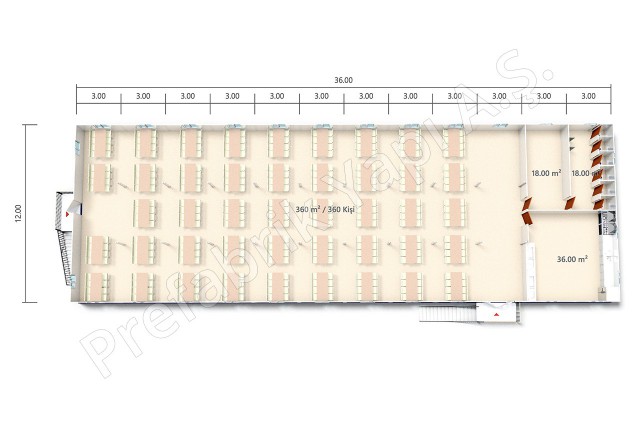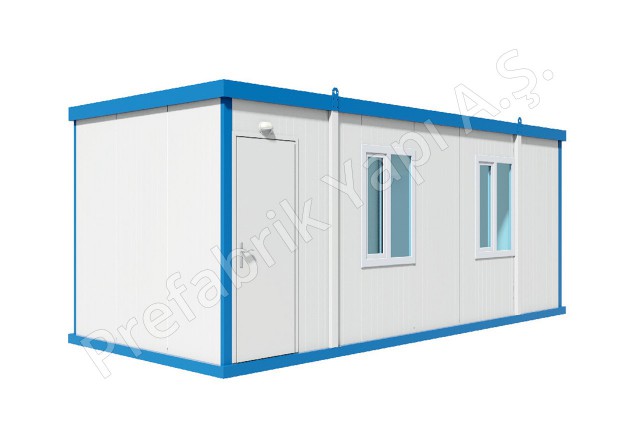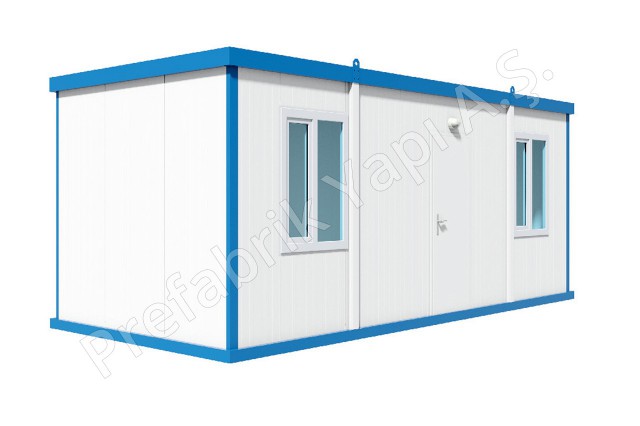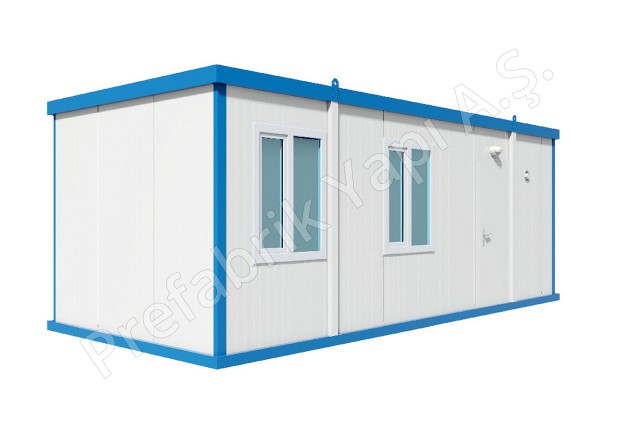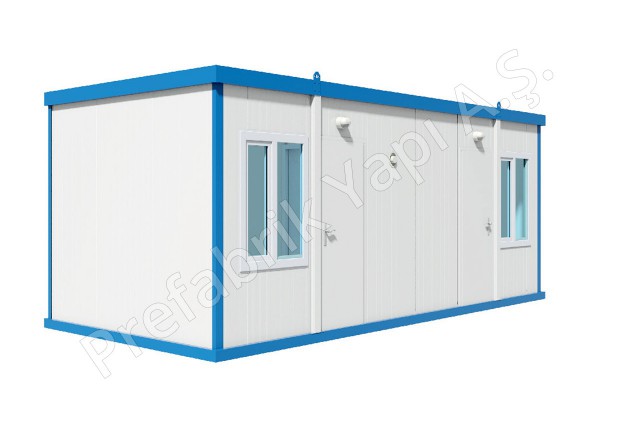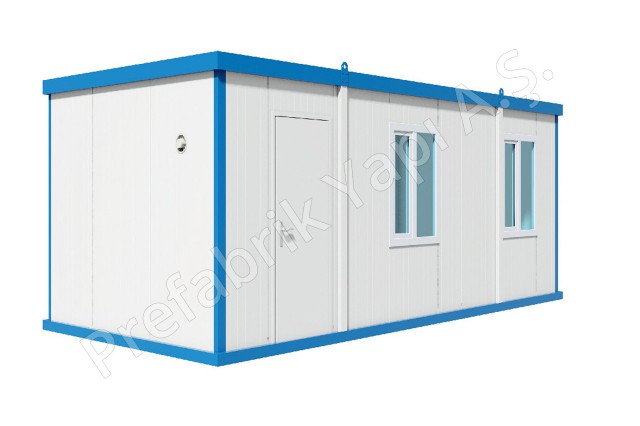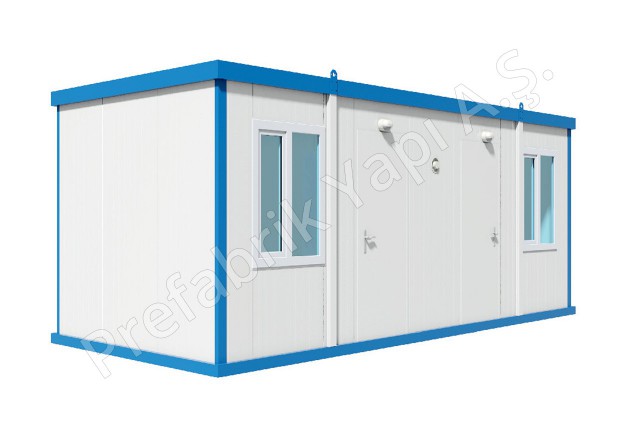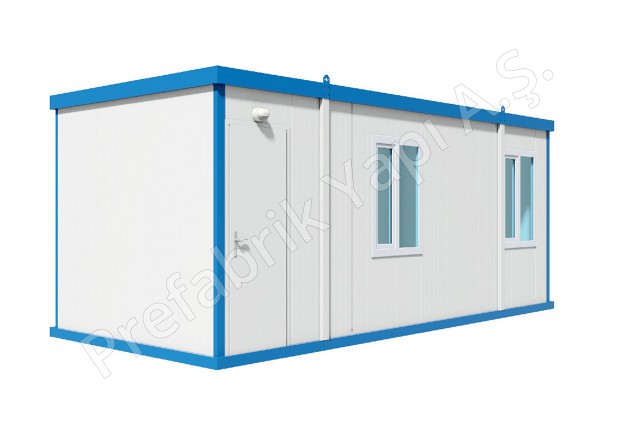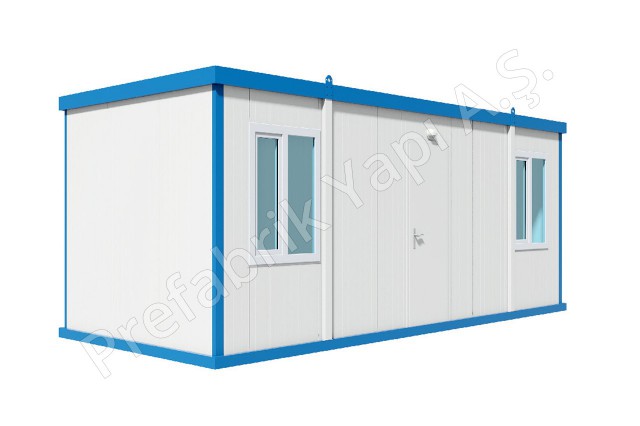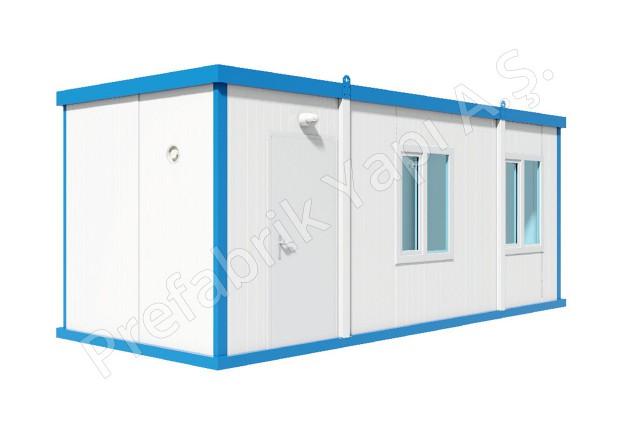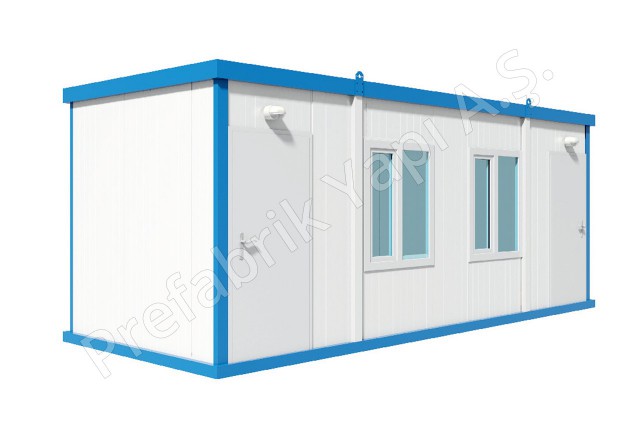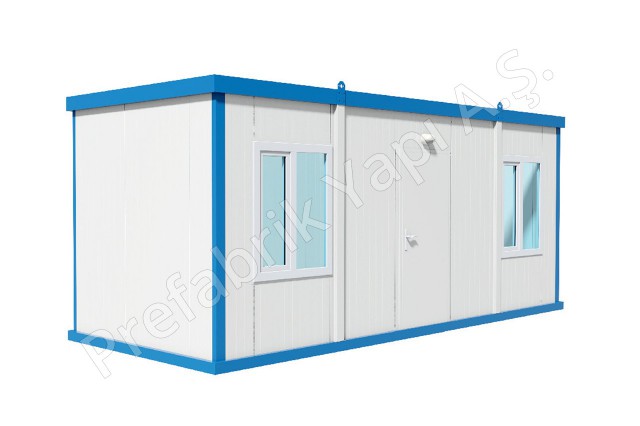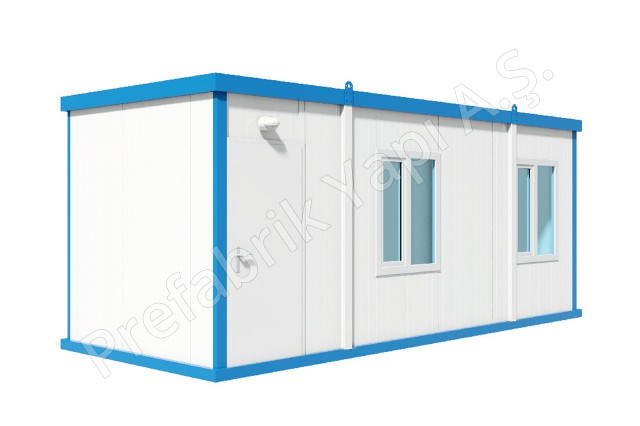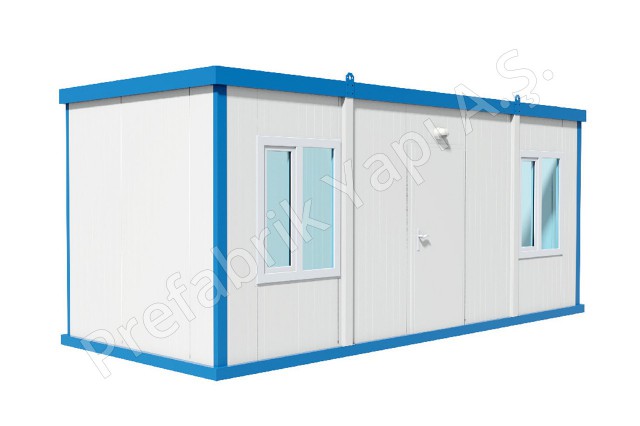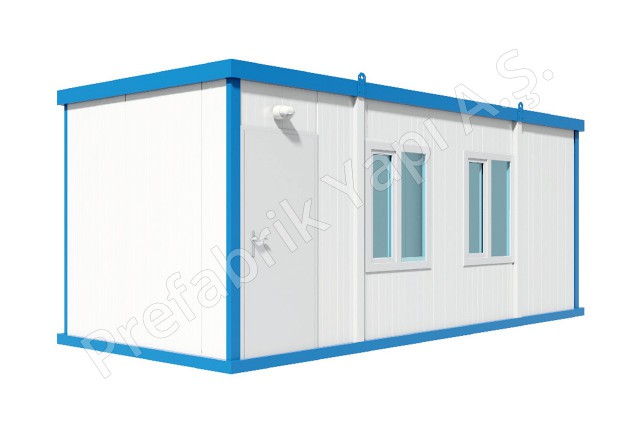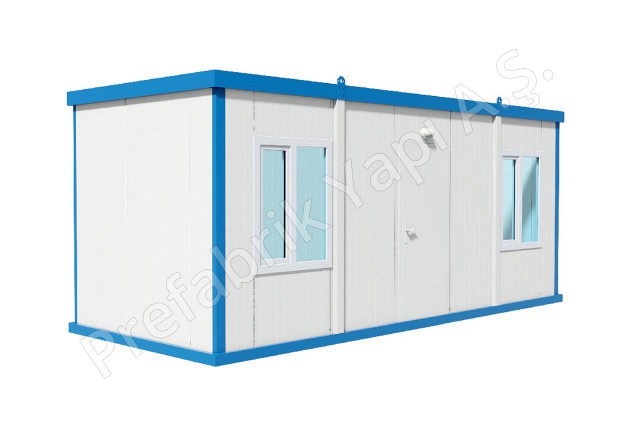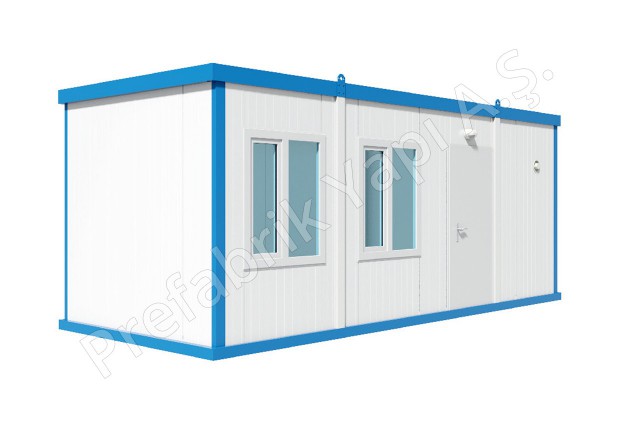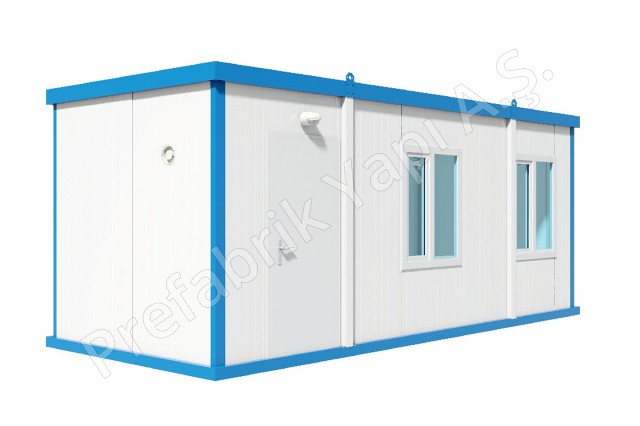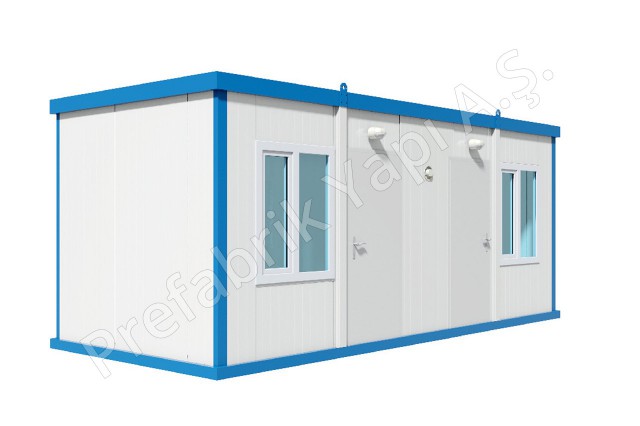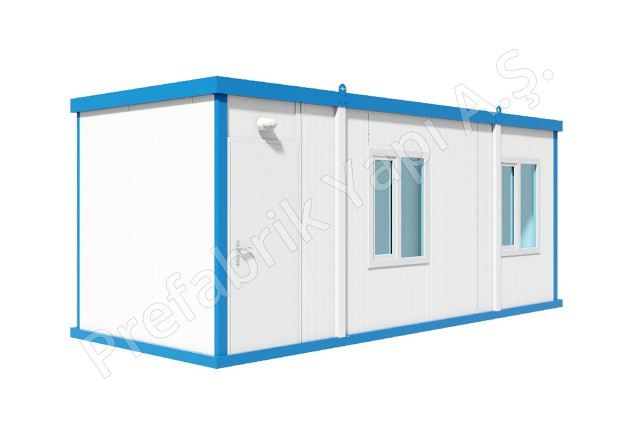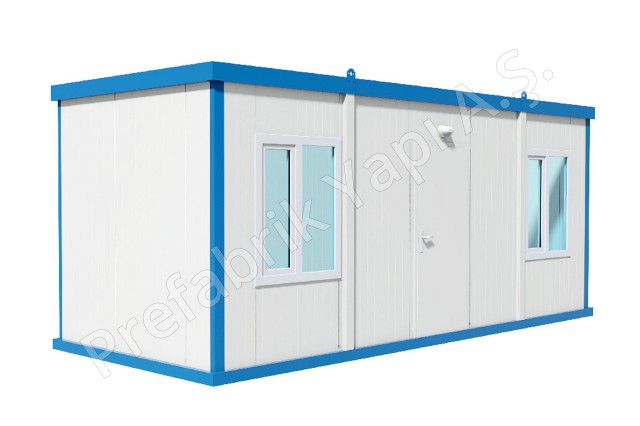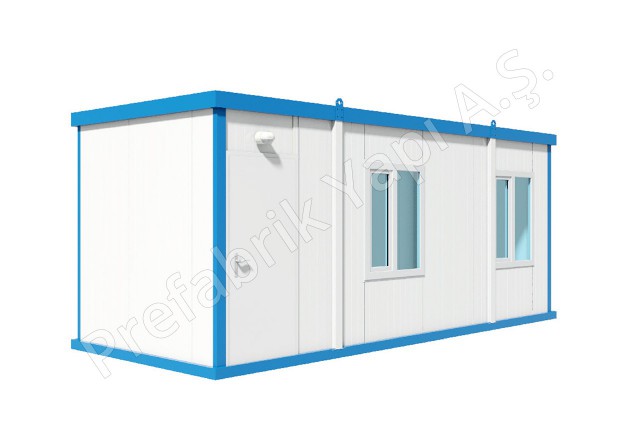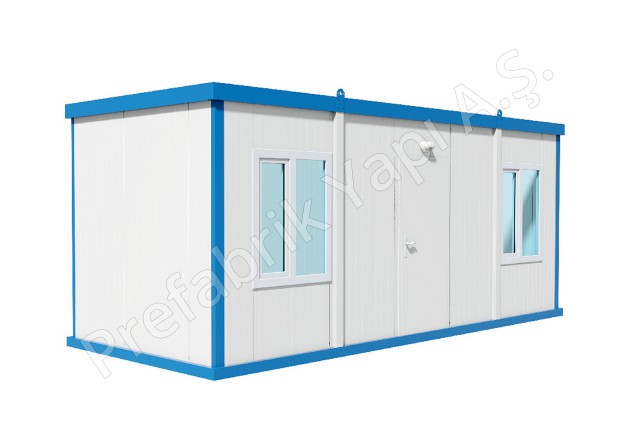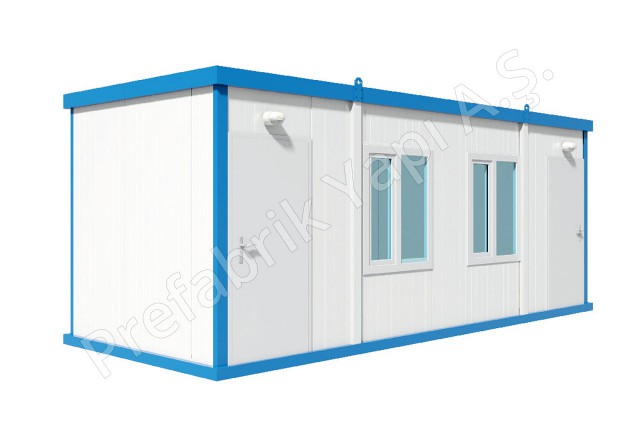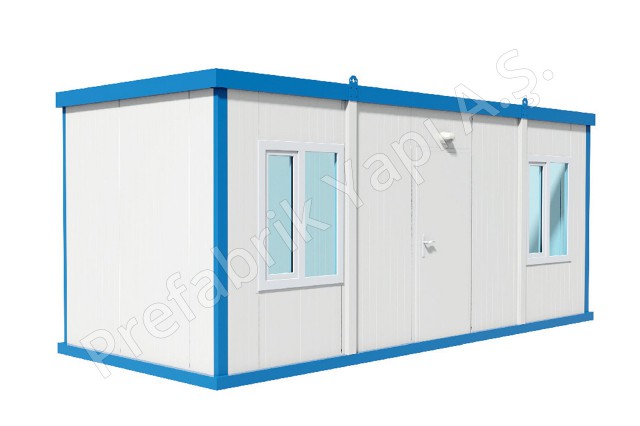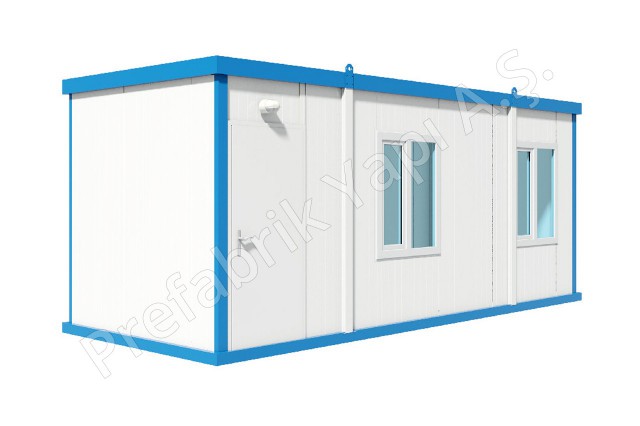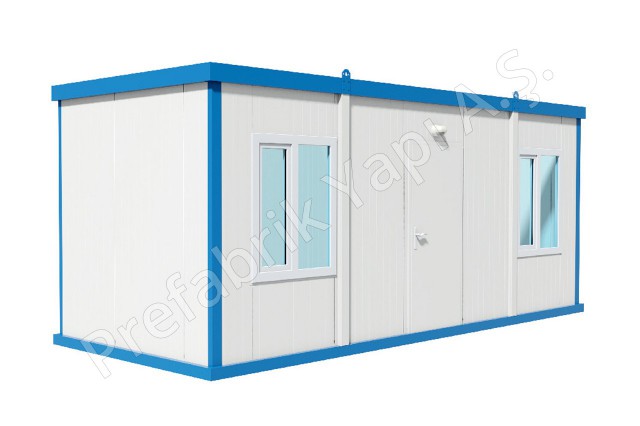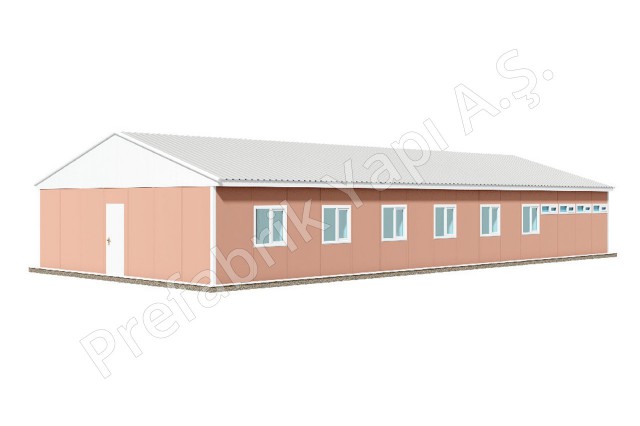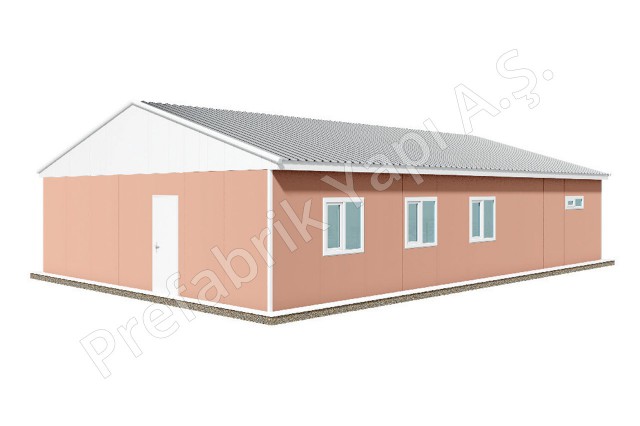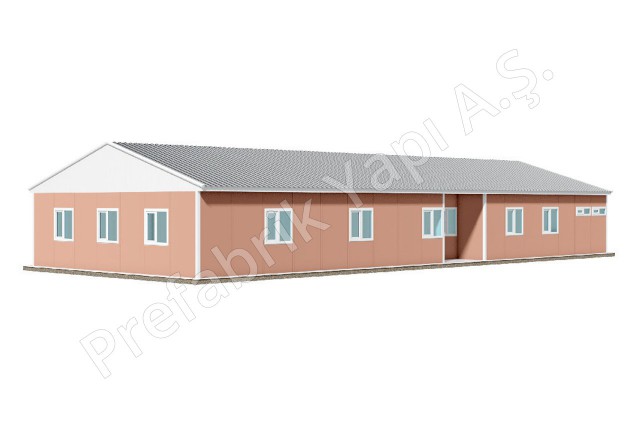Earthquake Container Units
Product Category: Earthquake Container Units
Earthquake Container Units - Standard Plans
Earthquake container units offer reliable, durable, and fast-deployable structures designed to withstand seismic activity. Ideal for residential, emergency, or storage use, these containers combine safety with flexibility. With modular designs and compliance with international standards, they provide secure solutions for earthquake-prone areas, ensuring protection and peace of mind during critical moments.
What Is an Earthquake Container?
An earthquake container is a reinforced modular structure specifically engineered to withstand seismic activity. Unlike traditional structures, these units are built using prefabricated steel frames and high-strength materials, making them significantly more resilient during earthquakes. Their portable design and stability allow them to be used in various environments, including residential, emergency response, and commercial sectors.
These containers serve as reliable shelters, emergency housing, or secure storage in high-risk seismic zones. Due to their durability and engineering, earthquake containers are increasingly favored for both temporary and permanent installation. Whether deployed independently or in groups, they provide adaptable solutions for earthquake-prone areas while meeting critical safety standards. As awareness of earthquake preparedness rises, so does the demand for these specialized units.
Earthquake Container Features
The primary feature of an earthquake container lies in its structural integrity. These units are constructed using industrial-grade steel frames with vibration-resistant joints, ensuring minimal damage during seismic activity. Their low center of gravity and stable base make them less prone to tipping or shifting. Additionally, internal fixtures and components are secured to prevent injury during a quake.
Another key feature is flexibility. Most earthquake containers can be modified to include insulation, electricity, plumbing, and safety exits, making them ideal for various applications. These containers are also stackable and transportable, allowing them to be deployed quickly during emergencies. Customization options ensure each container meets specific needs without compromising on safety or durability.
Modular and Prefabricated Structure
The earthquake container benefits greatly from its modular and prefabricated design. Built off-site under controlled conditions, these containers maintain consistent quality and structural integrity. Their modularity allows for quick deployment and easy scalability, especially important in post-earthquake scenarios or emergency housing projects.
Earthquake Container Units For Sale
Today, there is a growing demand for earthquake container units for sale, especially in areas with frequent seismic activity. These units are designed to provide a durable and secure structure that can withstand ground movement during an earthquake. Whether used for residential, emergency, or commercial purposes, they offer a fast and reliable solution to meet housing or storage needs.
Many earthquake container units for sale are available in different configurations ranging from simple single units to custom-designed multi-unit layouts. Buyers can choose between brand-new or refurbished options depending on their budget and purpose. Their flexibility and resilience make them a smart investment for governments, NGOs, and individuals looking for earthquake-resistant infrastructure that is both efficient and long-lasting.
Earthquake Container Prices
Earthquake container prices can vary depending on several key factors such as size, materials, design features, and level of customization. Basic units are generally affordable, while fully equipped models with insulation, ventilation, plumbing, or electrical systems are priced higher. Overall, these containers offer cost-effective earthquake protection compared to traditional construction for earthquake-resistant infrastructure.
Why Choose Earthquake Container Units?
There are several compelling reasons to choose earthquake container units over conventional structures in seismic regions. First, their steel-based modular design ensures superior earthquake resistance. The units are engineered to absorb vibrations and distribute seismic forces evenly, reducing the risk of structural collapse. Quick installation also makes them ideal for emergency use.
In addition to safety, earthquake container units offer exceptional versatility. They can serve as temporary shelters, storage spaces, mobile offices, or even permanent homes. Their transportability and ability to be stacked make them highly adaptable to changing needs and space constraints. These benefits make them a smart solution for anyone seeking durability, mobility, and safety in one compact unit.
Earthquake Container Standards and Safety Compliance
To ensure optimal performance in seismic zones, earthquake containers are built in accordance with strict international and regional standards. These standards typically address structural strength, shock absorption, and material resilience. Compliance with ISO container regulations and local building codes ensures that each unit performs safely and reliably during an earthquake. Engineers often reinforce joints, welds, and base structures to enhance overall durability.
Many manufacturers of earthquake container units conduct rigorous quality control tests, including vibration simulations and load assessments. These evaluations are crucial for verifying the container’s ability to withstand seismic impact. In addition, safety compliance includes interior design considerations—such as non-slip flooring and securely anchored fixtures—to reduce injury risks during a tremor. Meeting these standards makes these units suitable for emergency and long-term deployment.
Earthquake Container Projects
Over the past decade, numerous earthquake container projects have been implemented in earthquake-prone regions around the world. These projects range from temporary emergency shelters to permanent housing developments. Governments, NGOs, and private developers are increasingly using earthquake containers to address both disaster response needs and urban housing shortages.
The flexibility of these containers allows for innovative architectural designs. For example, post-disaster housing complexes can be assembled within days using pre-fabricated, stackable earthquake containers. These projects prove the practical value of container-based construction in ensuring safety and speed. In addition to humanitarian use, several commercial and educational buildings now rely on this technology for earthquake resilience.

